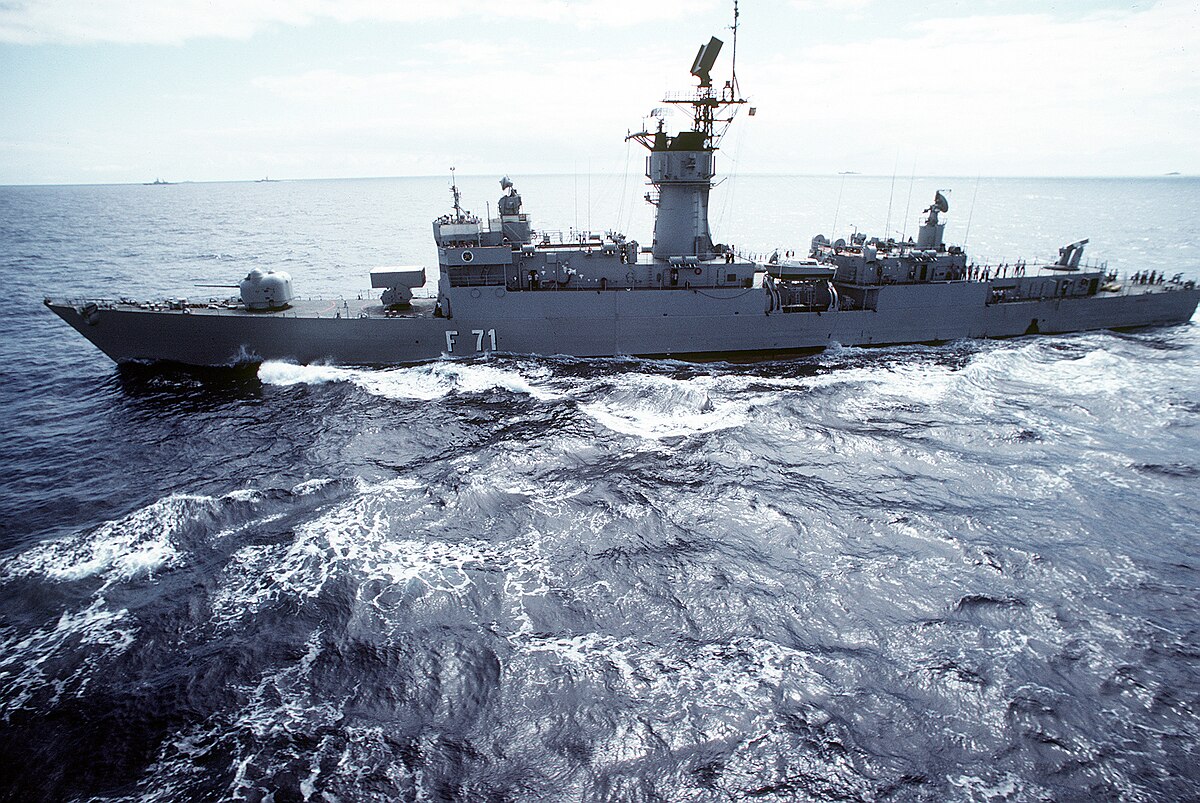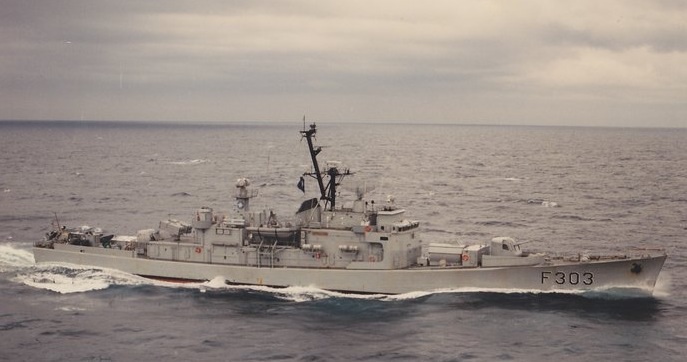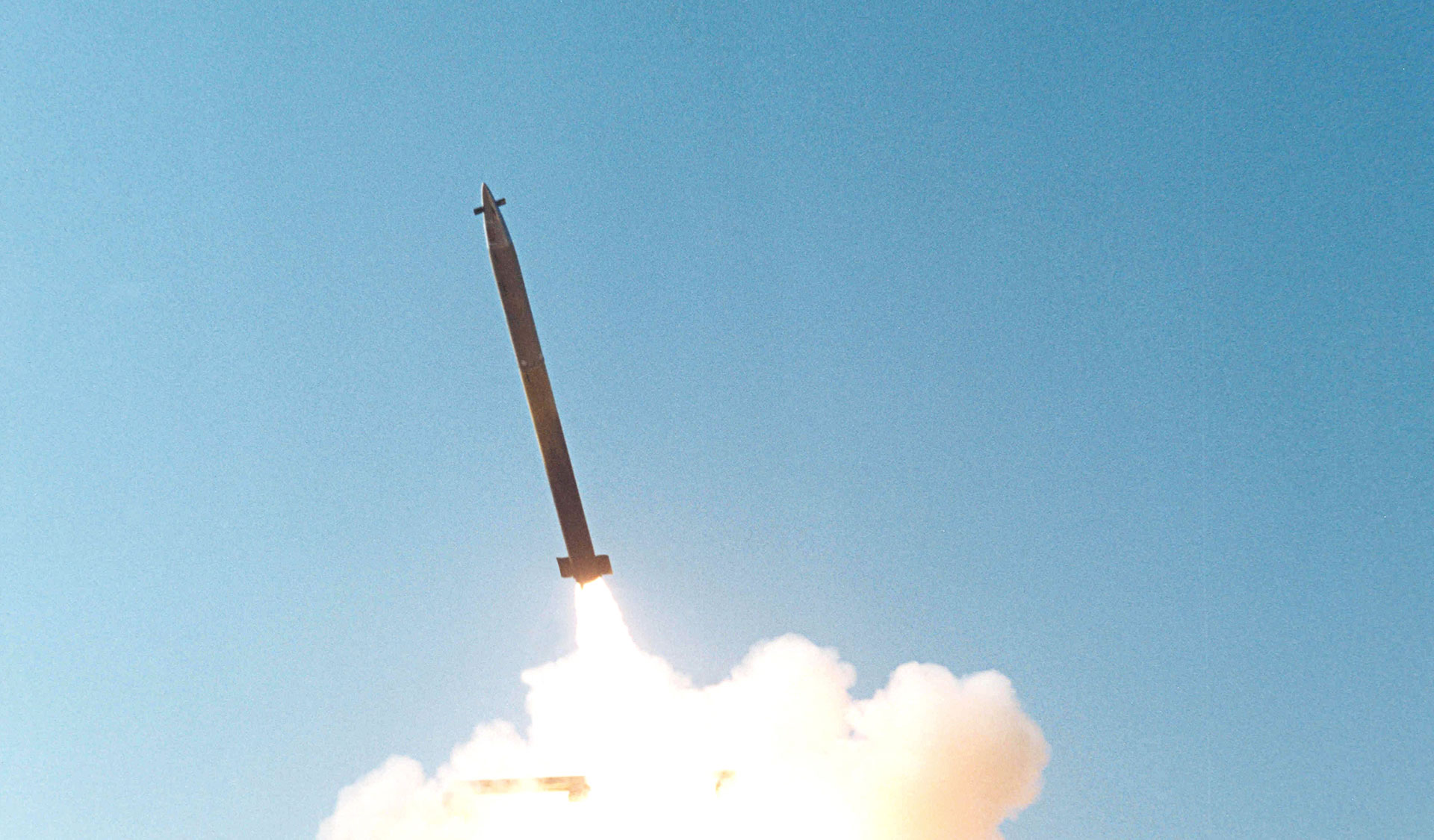First Hunter is years off, Hunter six, is mid 2030s, Hunter 9 late 2030s.
It takes a decade to grow a competent, mid career technical sailor or engineering officer, similar for operator, ship drivers and others. Keep with the current
Nothing helps recruitment and retention more than shiny new gear and new capabilities that has a good reputation and good press.
The simple fact is we are building what we are building, stopping and changing to anything else will cause delays.
Cheap quick options will not be cheaper or quicker than staying with the current plan.
We have missed the window to order anything instead of Hunter or Arafura, any change in direction will mean we have fewer platforms to grow and retain the people we need.
This is why we need to follow the plan, grow the number of people, systems commonality makes this easier.
Realistically new capabilities, other than upgrades to in service platforms and tweeks to in production ones are not going to happen until the mid 2030s at the earliest. We need to determine what we need to supplement what is in service and what we are building, then build when we have the capacity to do so.
Then we need to determine what replaces what we already have. I.e. Choules, LHDs and Hobart's, followed by the Arafuras.
It takes a decade to grow a competent, mid career technical sailor or engineering officer, similar for operator, ship drivers and others. Keep with the current
Nothing helps recruitment and retention more than shiny new gear and new capabilities that has a good reputation and good press.
The simple fact is we are building what we are building, stopping and changing to anything else will cause delays.
Cheap quick options will not be cheaper or quicker than staying with the current plan.
We have missed the window to order anything instead of Hunter or Arafura, any change in direction will mean we have fewer platforms to grow and retain the people we need.
This is why we need to follow the plan, grow the number of people, systems commonality makes this easier.
Realistically new capabilities, other than upgrades to in service platforms and tweeks to in production ones are not going to happen until the mid 2030s at the earliest. We need to determine what we need to supplement what is in service and what we are building, then build when we have the capacity to do so.
Then we need to determine what replaces what we already have. I.e. Choules, LHDs and Hobart's, followed by the Arafuras.




